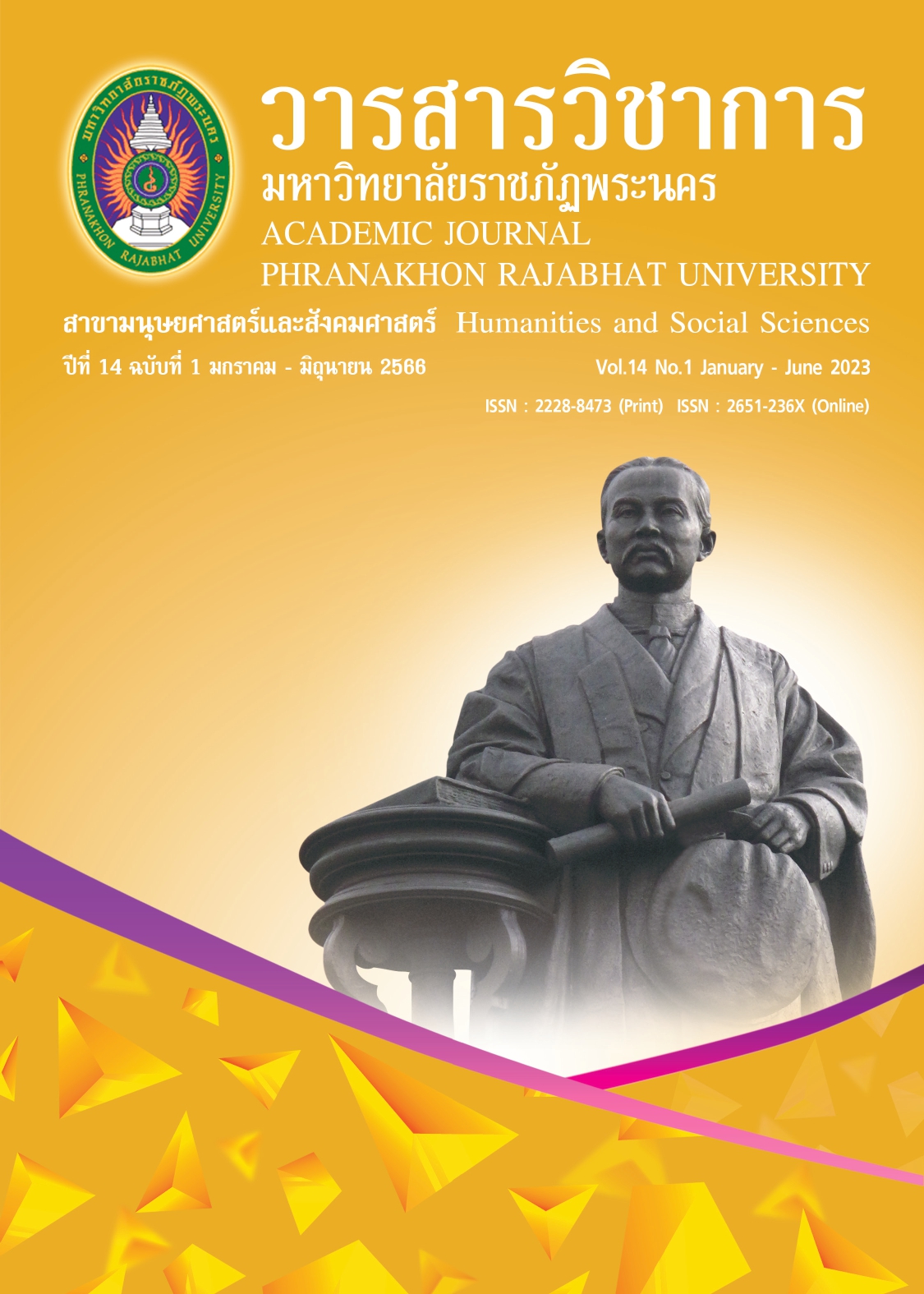THE APPLICATION OF PLAY-BASED LEARNING FOR A SCIENCE SUBJECT OF GRADE 5 BHUTANESE STUDENTS
Keywords:
Play-based Learning, Learning Achievement, Attitude, Guided Play, Free PlayAbstract
The objectives of this mixed method study were to compare the learning achievement and attitude of grade 5 Bhutanese students before and after the use of play-based learning. Tests for learning achievement were employed to collect the quantitative information (pre-test and post-test). The qualitative data was gathered through semi-structured interview and structured observation. The outcome showed that the mean score on the pre-test was 11.43, while the mean on the post-test was 23.01, representing a mean difference of 11.58, it was clear that play-based learning had helped students learn more effectively. A paired sample t-test in the table also displays a significant value of .01 which indicated the significance of the test. According to the results of semi-structured interview and structured observation, students were not only motivated and satisfied to learn science through play-based learning, but also developed positive attitude towards the subject. The following themes; 1) Fun, 2) Self confidence, 3) classroom participation and 5) Performance improvement showed how much the students got the opportunity to work with their friends which made them comfortable enough to freely share what they thought.
References
Akpan, V. I., Igwe, U. A., Mpamah, I. B. I., & Okoro, C. O. (2020). Social constructivism: Implication on teaching and learning. British Journal of Education, 8(8), 49-56. Retrieved from https://www.eajournals.org/wp-content/uploads/Social-Constructivism.pdf
Bowker, M. (2020). Benefits of incorporating Howard Gardner’s multiple intelligences theory into teaching practices (Master’s thesis, California State University). Retrieved from https://core.ac.uk/download/pdf/322526978.pdf
Curriculum Development Centre. (2021). New Normal Curriculum Instructional Guide General Science V. Paro: Royal Education Council.
Fiechtner, J. C., & Albrecht, K. M. (2019). The teacher’s role in supporting child-directed play. Innovation in Early Childhood Education Inc, 6(2), 3-6. Retrieved from https://www.hekupu.ac.nz/sites/default/files/201910/02%20 Fiechtner%20and%20A
lbr echt.pdf
International Bureau of Education, UNESCO. (2010). Most influential theories of learning. Retrieved from http://www.ibe.unesco.org/en/geqaf/annexes/technical-notes/most- influential-theories-learning
Jarvis, T., & Pell, A. (2012). Factors influencing elementary school children’s attitudes toward science before, during and after a visit to the UK national space. Journal of Research in Science Teaching, 42(1), 53-83.
Kezang, N., & Chayanuvat, A. (2019). The application of place-based inquiry approach on grade 6 Bhutanese students in learning environmental science. Retrieved from https://rsuirlibrary.rsu.ac.th/bitstream/123456789/172/1/Norbu%20Kezang.pdf
Larm, B., & Jaros, A. (2017). The art of scientific thinking: Why science is important for early childhood development. Retrieved from https://www.canr.msu.edu/news/art_of_scientific_thinking_in_early_childhood_development
Lewis, A. (2021). Free play for children- Broken down. Retrieved from https://thelittlefoxesclub.com/what-is-free-play-and-why-is-it-important-for children/
Marenus, M. (2020). Gardner's theory of multiple intelligences. Retrieved from https://www.simplypsychology.org/multiple-intelligences.html
Ndayambaje, J. B., Bikorimana, E., & Nsanganwimana, F. (2021). Factors contributing to the students’ poor performance in biology subject: A case study of ordinary level in rural secondary schools of Rwamagana district. GSC Biological and Pharmaceutical Sciences.15(03), 249-261. https://doi.org/10.30574/gscbps.2021.15.3.0163
Rennie, L. (2007). Learning science outside of school. In handbook of research on science education, 125-167 Mahwah, NJ: Lawrence Erlbaum Associates.
Sahin, M. D., & Ozturk, G. (2019). Mixed Method Research: Theoretical foundations, designs and its use in educational research. International Journal of Contemporary Educational Research, 6(2), 301-310.
Tai, H. M., Shah, N. M., Hashim, N. N., & Mustafa, N. A. B. (2021). Play-based learning: A qualitative report on how teachers integrate play in the classroom. City University eJournal of Academic Research, 3(2), 62-73. Retrieved from https://www.researchgate.net/publication/355200860_Playbased_Learning_A_Qualit
ative_Report_on_How_Teachers_Integrate_Play_in_the_Classroom
UNICEF. (2018). Learning through play. Strengthening learning through play in early childhood education programme. New York, USA: Author.
University of Cambridge. (2022). Learning through ‘guided’ play can be as effective as adult- led instruction up to at least age eight: Play-based learning may also have a more positive effect on younger children’s acquisition of important early maths skills compared with traditional, direct instruction. Retrieved from www.sciencedaily.com/releases/2022/01/220112094006.htm
Weisberg, D. S., Hirsh, P. K., & Golinkoff, R. M. (2013). Guided Play: Where curricular goals meet a playful pedagogy. Mind, Brain, and Education, 7(2), 104-112.
Weisberg, D. S., Hirsh-Pasek, K., Golinkoff, R. M., Kittredge, A. K., & Klahr, D. (2016). Guided play: Principles and practices. Current Directions of Psychological Science, 25(3), 177-182. doi:10.1177/0963721416645512
Downloads
Published
How to Cite
Issue
Section
License
Copyright (c) 2022 Academic Journal Phranakhon Rajabhat University

This work is licensed under a Creative Commons Attribution-NonCommercial-NoDerivatives 4.0 International License.
"บทความวิชาการในวารสารฉบับนี้ ถือเป็นความรับผิดชอบของผู้เขียนเท่านั้น"
สงวนลิขสิทธิ์ตามพระราชบัญญัติลิขสิทธิ์




